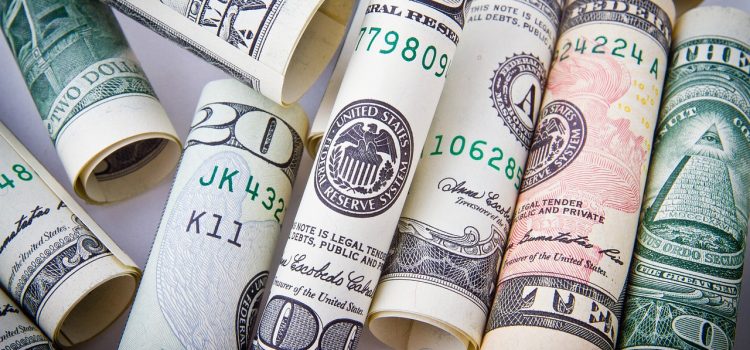
Swiss bank Credit Suisse has been in the spotlight lately after the announcement that it breached supervisory laws over $10 billion of Greensill funds. While details are still coming out and the investigation is ongoing, here’s what you need to know about this financial scandal. From the background of Greensill Capital to Credit Suisse’s involvement in their fundraising and beyond, this article will take an in-depth look at this case and its implications for the banking industry.
What is Credit Suisse?
In Credit Suisse’s case, the Swiss financial regulator found that the bank had breached supervisory law when it extended $10 billion in financing to Greensill, a now- insolvent financial services firm. The regulator said Credit Suisse had not properly assessed the risks of the Greensill loans, which were used to finance investments in risky assets such as junk bonds.
The news of the breaches comes as a major embarrassment for Credit Suisse, which has been trying to rebuild its reputation after a series of scandals in recent years. It also raises questions about the role of credit rating agencies, which gave Greensill’s products high marks even as the company was heading toward bankruptcy.
What is Greensill?
Greensill is a financial services company that offers supply chain finance and working capital solutions. It was founded in 2011 by Lex Greensill and Simon Crawley.
The company has raised over $1 billion in funding, and its clients include major corporations such as General Electric, Airbus, and J.P. Morgan Chase.
In March 2021, it was revealed that Credit Suisse had breached supervisory law in relation to its dealings with Greensill. The Swiss financial regulator FINMA found that the bank had failed to adequately monitor and manage the risk of the Greensill products it was offering to clients.
This resulted in Credit Suisse losing over $4 billion when Greensill collapsed in 2020. The regulator has now ordered the bank to improve its risk management procedures.
How could this happen?
It is still unclear exactly how the Credit Suisse breach occurred, but there are a few potential explanations. One possibility is that Greensill used Credit Suisse to issue bonds using unlicensed subsidiaries, which would have violated Swiss law. Another possibility is that Credit Suisse employees falsified documents in order to make it appear as though Greensill’s assets were worth more than they actually were. It is also possible that Credit Suisse failed to properly monitor Greensill’s activities, allowing the company to take on more risk than was allowed under its license.
What does this mean for Credit Suisse?
This means that Credit Suisse may have to pay fines or other penalties for not properly supervising the $2 billion in Greensill funds. The investigation is ongoing, and it is not yet known how much money Credit Suisse will have to pay.
Conclusion
Credit Suisse’s breach of supervisory law in relation to their $10BN Greensill Funds is a testament to the importance of understanding the regulations and laws governing financial investments. It is essential for any investor to do their due diligence when researching potential investments and be aware that there may be hidden risks or legal obstacles they must consider before committing funds. We hope this article has provided you with a better understanding of Credit Suisse’s situation and helped equip you with the knowledge needed to make wise investment decisions.










